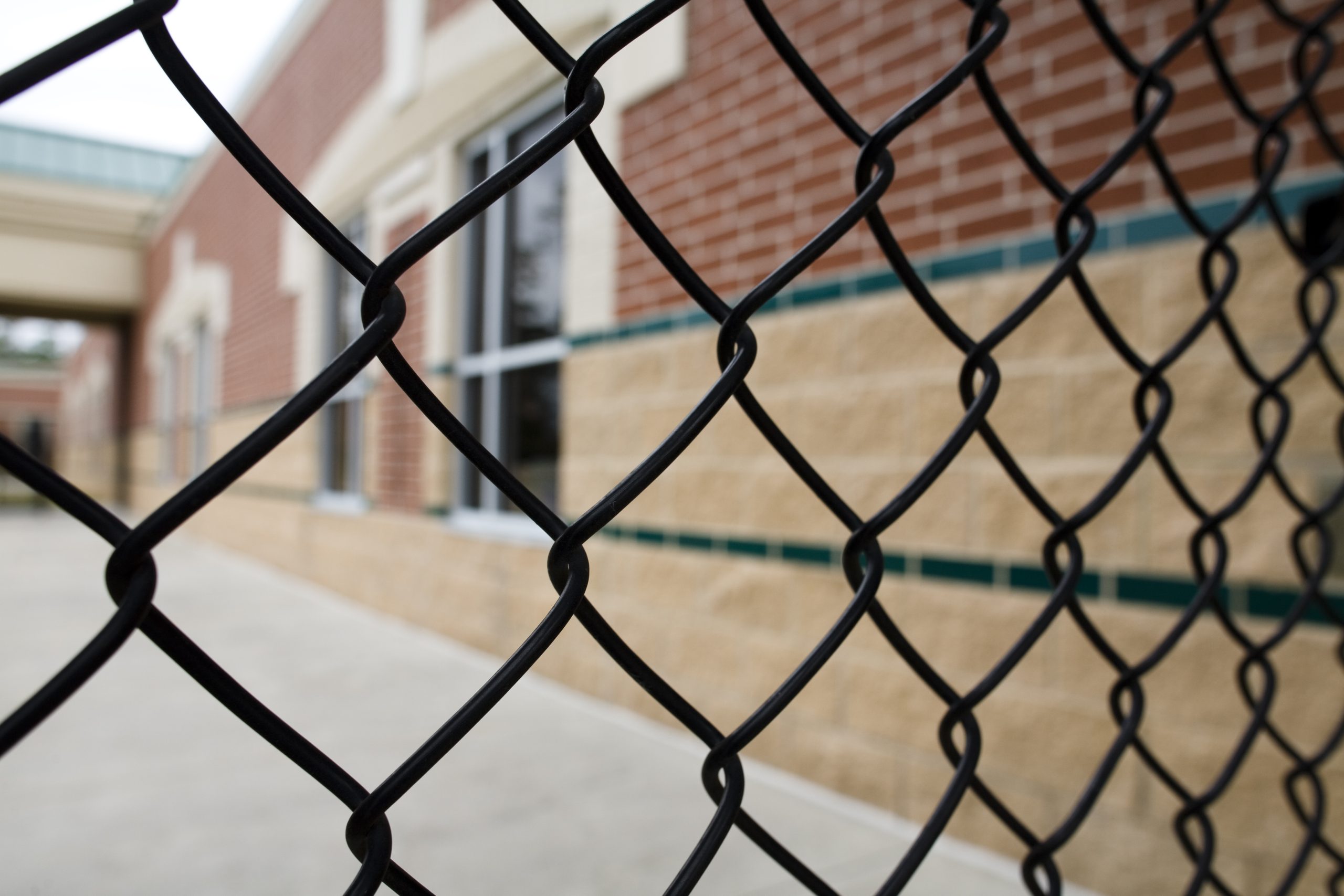CSBA discussed school safety protocols and resources with California Governor’s Office of Emergency Services (Cal OES) officials during the Oct. 24 webinar, “Saved by the Bell: Emergency response in California public schools.”
While no one wants to think about worst case scenarios, planning for potential disasters is essential to keep school communities safe. Cal OES covered aspects of the three Rs — readiness, recovery and response — in relation to situations including natural disasters, school shooter incidents, cyberattacks and more.
To start, school leaders can familiarize themselves with California’s Standardized Emergency Management System (SEMS), which is in place to respond to disasters. Schools, which are required to plan for disasters and emergencies as part of a comprehensive safety plan in accordance with California Education Code, fit into the local government/city level of the system.
SEMS is “based on incident command systems and is predicated upon a series of planning, training and exercises” that schools and local educational agencies are expected to participate in and utilize, said Cal OES Director Mark Ghilarducci.
The system has five levels: field, local government/city, operational area/county, OES region and state. Depending on the incident and availability of resources needed to handle it accordingly, things can escalate through the levels — pulling support all the way up to the federal level if requested by the state.
Knowing the system is important to ensure that proper assistance comes in a timely manner should an emergency occur.
Top threats
According to Ghilarducci, a school intruder/active shooter situation, wildfires/fires and earthquakes are the top threats that LEAs should be most prepared for. However, there are a variety of threats possible depending on where an LEA is located.
Recently, Cal OES received a STOP School Violence Program grant from the U.S. Department of Justice’s Bureau of Justice Assistance (BJA) program to hold pilot programs in Orange, Napa and San Diego counties aimed at preventing and reducing school violence. The pilot explored ways school personnel and students can be trained to prevent violence, the development and operation of anonymous threat reporting systems, and the development and operation of school threat assessment and crisis intervention teams.
Don O’Keefe, Cal OES chief of law enforcement, added that in recent months, there have been a number of false reports, also called “swatting,” of active shooters made either by phone or on the internet, “which has caused a lot of disruptions to schools.” For that reason, a cyber element should be a consideration because false reports still must be treated as if they’re real.
An earthquake could potentially be the highest impact event that could occur. Cal OES has a catastrophic response plan in place for all Southern California counties (it also has a flood plan for Northern California).
Ghilarducci noted that LEAs should be aware of what their county’s involvement is in the plan. They should also be aware that if they’re not directly impacted, school sites could be used as a command or evacuation center. Cal OES does balance the impact to the school when considering it for use, Ghilarducci added.
Cyber threats
The education sector is at a high risk for cybersecurity threats because underfunding has led to weaker cybersecurity practices, protocols or trainings, said Tom Osborne, Cal OES deputy director of homeland security.
The biggest threat to LEAs is cybercriminals who attempt to infect systems and make threats or demands for a payout.
“Once a cyber actor takes a foothold into your system not only does it disrupt what you do on daily basis, but sensitive teacher and student teacher [data] is available to be exploited,” Osborne said.
Though cases involving cyber ransomware actors are on the rise in recent years, Osborne noted that such situations in education have been underreported. Assembly Bill 2355, signed by Gov. Gavin Newsom in September, will make it mandatory to report cyber incidents to the California Cyber Security Integration Center.
“With this new information coming inbound, we might be able to paint a much better picture of the threats that face the education sector,” Osborne said.
The California Cyber Security Integration Center has email distribution lists on the latest relevant news and threats. It can do vulnerability scanning, threat assessments for network health and provide possible solutions and assist should a district be attacked.
Planning and resources
SEMS can be used as a baseline for training, education and planning to build a comprehensive plan to address top threats.
“While we in California live in a disaster-prone state, it is critical that we do plan in an all-hazard environment so that’s both for natural disasters and human or manmade disasters,” Ghilarducci said.
Beyond those baseline plans, schools should perform assessments to find their greatest gaps and weaknesses in plans and work to address them before a disaster occurs. This includes things like planning for mass evacuations or student reunification (including planning for students/staff with disabilities or access and functional needs), emergency transportation, building a communications plan, and knowing local partners like leaders of the are police and fire departments.
Cal OES staff can come on site for LEAs to do assessments as well as point them to mitigation grants that can be applied for. They have a Preparedness Ambassadors Program that includes fourth-grade curriculum for emergency preparedness.
The federal government provides resources in the Readiness and Emergency Management for Schools Technical Assistance Center. Ready.gov and FEMA also have resources on their websites.
Watch the webinar here.





